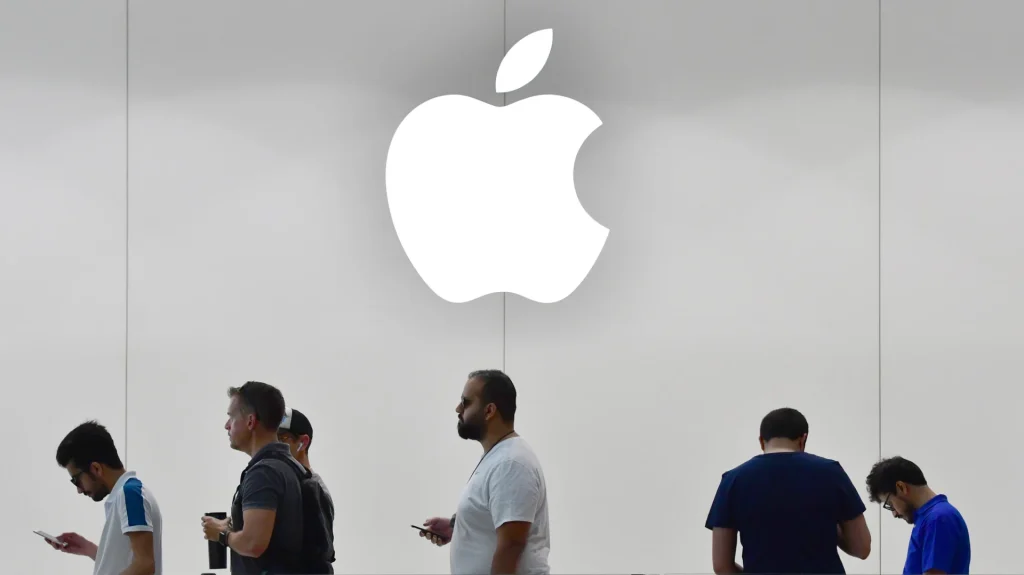
Why Apple’s Ecosystem Is the Envy of the Tech World
When people buy an iPhone, they often don’t stop there. They might add an Apple Watch, subscribe to iCloud storage, listen to music on Apple Music, watch Apple TV+, pay through Apple Pay, and back up their data through Time Machine on a MacBook. This seamless integration is no accident—it’s the result of Apple’s deliberate, highly strategic ecosystem approach that fuels sky-high loyalty and multi-billion-dollar revenues. In this article, we’ll dissect Apple’s ecosystem strategy, break down its core components, compare it with rivals like Google and Samsung, examine the innovation engine that keeps it fresh, and explore both the challenges and what the future might hold.
The Core Components of Apple’s Ecosystem
At its heart, Apple’s ecosystem isn’t just about products—it’s about how those products interact. Here are the key pillars:
1. Hardware Integration
Apple controls its entire hardware stack: iPhone, iPad, Mac, Apple Watch, AirPods, Apple TV, and HomePod. This tight control ensures that each device works flawlessly with others—AirPods switch between devices effortlessly, Handoff lets you start a task on one device and finish it on another, and Universal Control blurs the line between Macs and iPads.
2. Software and Operating Systems
iOS, macOS, watchOS, and tvOS are engineered in-house to talk to each other. This means that updates are synchronized, security is consistent, and the experience is smooth across devices. The synergy creates a moat competitors struggle to cross.
3. Services and Subscriptions
Apple’s push into services—iCloud, Apple Music, Apple Arcade, Apple News+, Apple Fitness+, and Apple TV+—ties users deeper into the ecosystem. Once you’re paying for storage or your favorite shows, it’s harder to switch.
4. Accessories and Ecosystem Enhancers
From MagSafe chargers to AirTags and HomeKit smart home integration, Apple’s accessories further embed customers in its ecosystem. Each accessory expands functionality, making the core devices more indispensable.
Comprehensive Management Across the Ecosystem
Apple’s strategy doesn’t stop at products. It involves a comprehensive approach covering the entire lifecycle:
Acquisition
Apple’s retail stores, online store, and authorized resellers create a premium shopping experience. The physical stores aren’t just sales points—they’re branding hubs and community spaces.
Distribution
By controlling distribution channels tightly, Apple ensures pricing discipline and brand integrity worldwide.
Production
Apple’s supply chain mastery—from proprietary chips like the M1 and M2 to precision manufacturing—gives it an edge in performance and efficiency.
Connection
Apple’s seamless connectivity across devices is a core moat. Features like Continuity, AirDrop, Handoff, and iMessage unify user experiences.
Protection
Apple positions itself as a privacy leader, turning data protection into a selling point. With tools like App Tracking Transparency and end-to-end encryption, security is marketed as a feature.
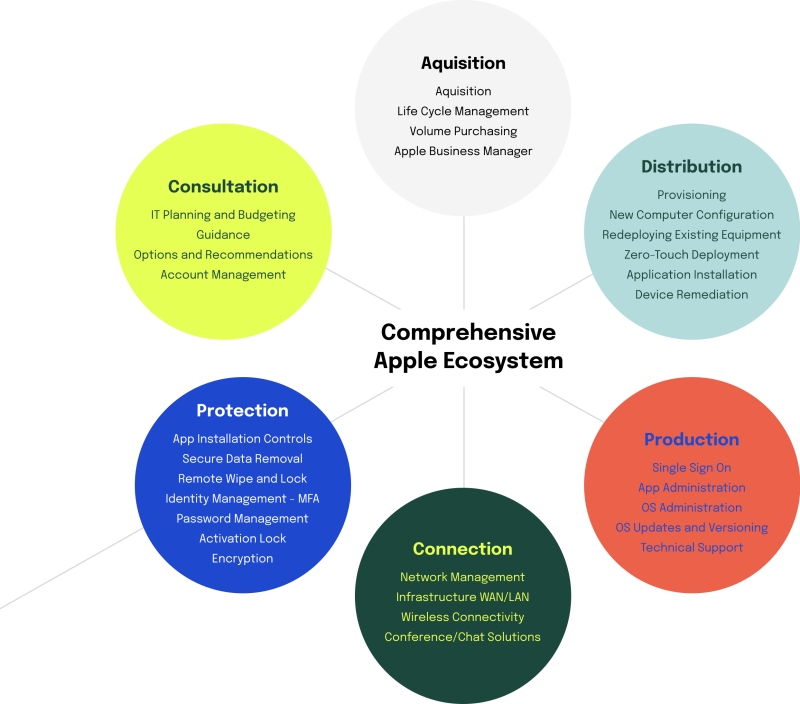
Consultation and Support
Genius Bars, Apple Support, and trade-in programs deepen trust and keep customers within the ecosystem.
Competitor Comparison: Apple vs. Google and Samsung
Google’s Approach
Google’s ecosystem relies on Android, Chrome, Google Search, YouTube, and cloud services. While Android has massive market share, the hardware-software integration isn’t as tight. Google’s Pixel line tries to mirror Apple’s model but doesn’t have the same scale or loyalty.
Samsung’s Strategy
Samsung leads in hardware variety—smartphones, TVs, and appliances—but relies on Google’s Android for phones and third-party OS for other devices. Its SmartThings platform aims to connect devices, but fragmentation remains an issue.
The Apple Advantage
Apple’s end-to-end integration remains unmatched. Its design language, brand identity, and customer support ecosystem create an emotional bond that rivals can’t easily replicate.
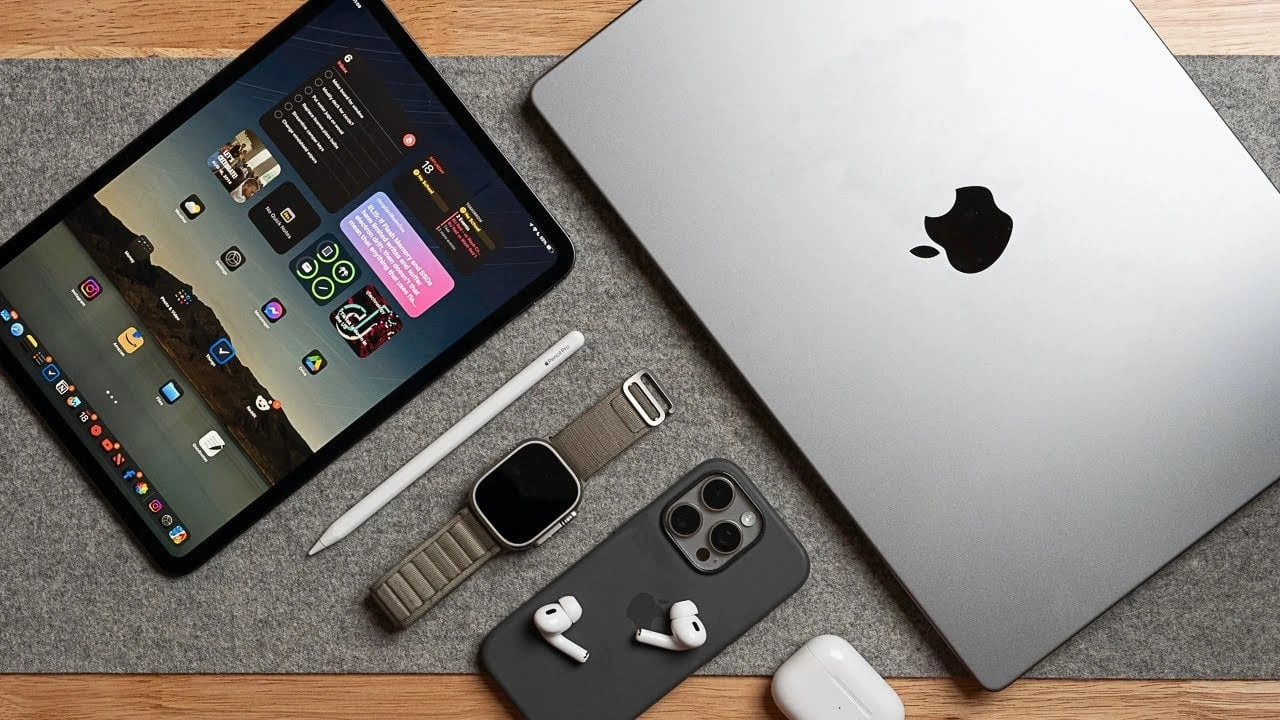
Key Statistics Highlighting Apple’s Success
- Customer Loyalty: Studies show over 90% iPhone retention rates—unheard of in tech.
- Revenue Streams: In Q2 2024 alone, services revenue hit over $23 billion.
- Installed Base: Over 2 billion active devices globally.
- Wearables: The Apple Watch dominates over 30% of the smartwatch market.
- Mac Growth: The Mac line continues double-digit growth, boosted by M-series chips.
Innovation Driving the Ecosystem
Apple’s innovation is relentless:
- Silicon Leadership: Apple’s custom M-series chips have redefined laptop performance.
- AR and VR: The Vision Pro and rumored AR glasses could redefine the next frontier.
- Sustainability: Investments in recycled materials and carbon neutrality by 2030.
- Health: The Apple Watch’s ECG, blood oxygen, and future glucose tracking deepen the brand’s health credentials.
Challenges and Criticism
Even the strongest ecosystem faces headwinds:
- Antitrust Scrutiny: Regulators in the EU and US are investigating App Store practices.
- Closed System Criticism: Critics argue Apple’s walled garden limits consumer choice.
- Competition: Rivals are catching up with interoperability—Samsung’s ecosystem is improving rapidly.
- Dependency: Too much reliance on the iPhone—if sales slip, the whole model feels pressure.
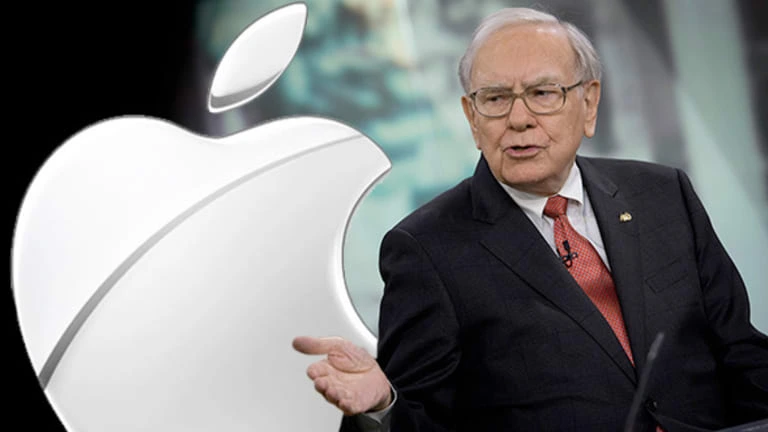
Expert Insights
Tech analysts like Ben Thompson and Mark Gurman often point out that Apple’s biggest strength—control—is also its biggest risk. By tightly managing hardware, software, and services, Apple risks regulatory backlash but continues to bet that consumers prefer a seamless experience over messy openness.
Future Outlook: What’s Next for Apple’s Ecosystem?
Looking ahead, Apple’s ecosystem will likely evolve in three big ways:
- AI Integration: Expect Siri to get smarter, more contextual, and more proactive.
- Health Expansion: Deeper health monitoring and even medical partnerships.
- Mixed Reality: The Vision Pro and future AR glasses could make immersive computing the next ecosystem pillar.
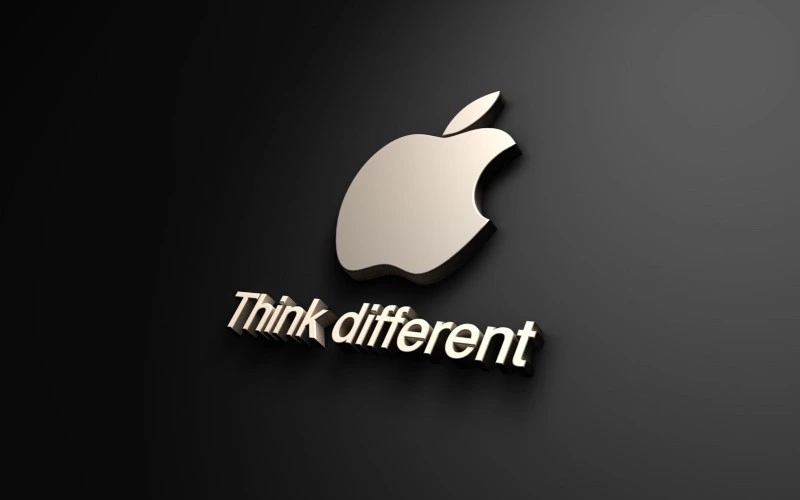
Conclusion: The Loyalty Machine Keeps Turning
Apple’s ecosystem is more than a marketing buzzword—it’s a loyalty engine that converts products into services, services into recurring revenue, and customers into lifelong fans. As long as Apple balances innovation with user trust, its ecosystem will remain a gold standard—and a formidable competitive moat.


